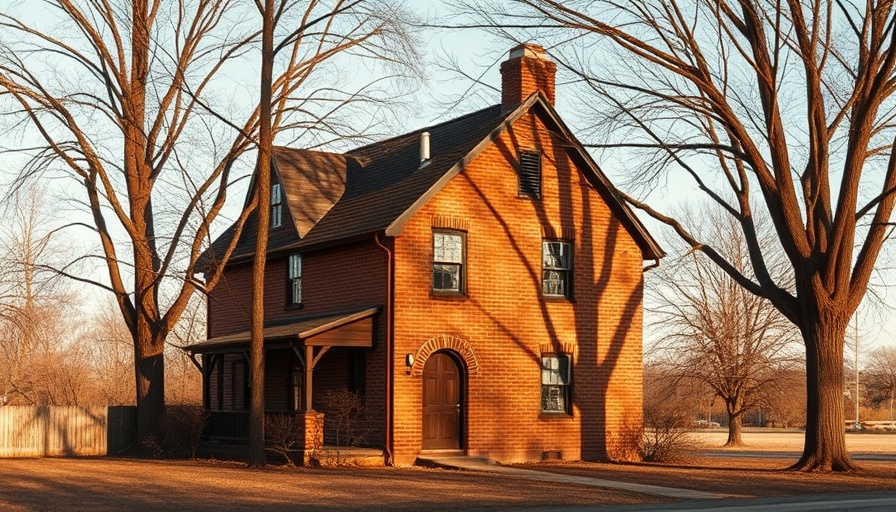
Understanding the Need for Insulation
Insulating the common wall between an attached garage and your home may seem like an afterthought, but it can significantly enhance your living environment. An uninsulated garage wall can act as a conduit for heat loss during winter and heat gain during summer, affecting your home’s overall energy efficiency. Furthermore, it can also impact indoor air quality by allowing fumes or pollutants from the garage to enter the living space.
The Benefits of Insulating Your Garage Wall
There are several substantial benefits to insulating the shared wall between your garage and home:
- Energy Efficiency: Insulating this partition minimizes energy consumption, leading to lower utility bills. It ensures the home’s heating and cooling systems work more efficiently.
- Comfort: A well-insulated garage wall creates a more stable indoor temperature throughout your home, reducing drafts and making spaces more comfortable.
- Health: It can help prevent the transfer of harmful gases from the garage to your home, improving overall indoor air quality.
- Noise Reduction: Adequate insulation helps dampen the noise from garage activities, creating a quieter living environment.
Choosing the Right Insulation Material
When it comes to insulation materials, several options are available that cater to different needs:
- Fiberglass Batt Insulation: A widely used and budget-friendly option that excels in thermal resistance. It fits between the wall studs nicely.
- Foam Board Insulation: Provides higher R-values (a measure of insulation effectiveness). It is particularly useful for unconditioned spaces like garages.
- Spray Foam Insulation: Known for its air-sealing properties, spray foam expands to fill gaps and crevices, providing superior insulation.
Installation Considerations
Installing insulation requires careful planning and execution:
- Planning: Before starting, evaluate the existing conditions of the wall. Check for moisture issues and address them before installing insulation.
- Installation: Ensure proper spacing and technique during installation. Hire a professional if unsure, particularly for spray foam applications, due to their complexity.
- Finishing: After insulation, consider finishing the wall with drywall or paneling to maintain fire safety standards in the garage.
Potential Pitfalls to Avoid
While insulating the garage wall has numerous benefits, there are potential issues to be mindful of:
- Moisture Management: Inadequate moisture control can lead to mold or mildew growth. Always install a vapor barrier if moisture is an issue.
- Fire Safety: Ensure that the insulation materials meet fire safety regulations, particularly if the garage contains flammable substances.
- Cost vs. Benefit: Weigh the installation costs against potential savings. In some cases, retrofitting insulation can provide more benefits than the upfront investment suggests.
Future Trends in Home Insulation
With advancements in technology, the future of home insulation looks promising. Innovations in materials and methods are constantly being introduced. Techniques like reflective insulation and increased emphasis on sustainable products are gaining traction. Homeowners should keep an eye on these trends to make informed decisions about optimizing their living spaces.
Conclusion
Insulating the common wall of an attached garage and your house is a strategic investment that enhances comfort, energy efficiency, and health. By carefully considering the insulation materials, installation methods, and potential pitfalls, you can create a safer and more efficient home environment. Explore the many options and choose the best fit for your needs to ensure that your living space is both comfortable and eco-friendly.
 Add Row
Add Row  Add
Add 






Write A Comment